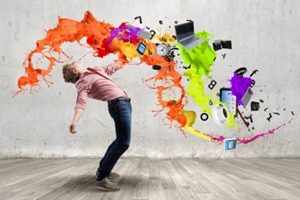
In anticipation of the new year, we at 99designs sit down every December as a team to predict design trends for the upcoming year. Of course, we don’t pull those trends out of thin air. We solicit ideas from our talented global community of designers, and we debate the merits of potential trends with great rigor.
The interesting part of that process? Design trends are often the result of shifts in technology, pop culture, and the political climate; as we explore, we uncover themes indicative of larger cultural shifts. And, this year, there have been some doozies.
With that, we present to you four of the most compelling design trends we see influencing 2018.
1. Organic
Demand for organic food and other organic products has been on the rise for years, and 2018 will be no different. That paradigm shift has heavily influenced design and will continue to do so.
Interestingly, organic design stands in contradiction to the mainstream desire for clean, minimalist design. For example, we see it manifested in vintage design, which can help brands achieve a top-shelf look with classic details that provide an air of distinction and sophistication.
Along similar lines, we think you’ll see more organic design in the form of “doodles” and hand-drawn art. Their crafty feel evokes feelings of home and childhood and overall gives brands a serious case of warm, approachable nostalgia.
Finally, we predict that this organic trend will work its way into photography. Garnering inspiration from Facebook Live and other unfiltered, slice-of-life technology, photos are becoming less posed and more infused with realism, imperfections, and emotional moments.
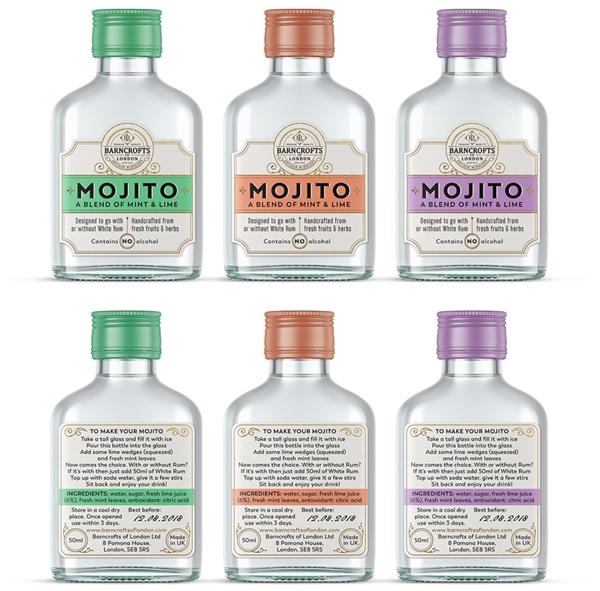
Vintage beverage label design by designer Mila Katagarova for Barncrofts of London
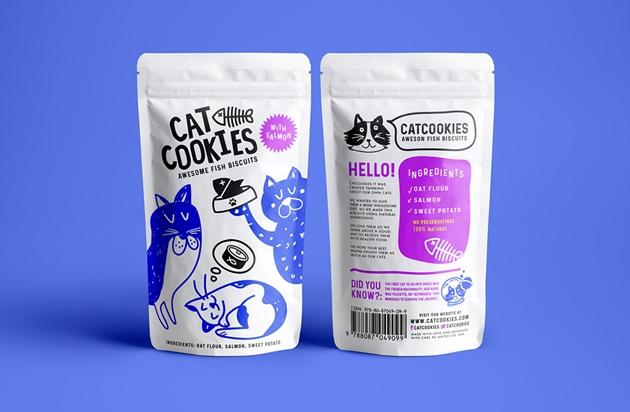
Doodle design by designer Melvas
2. Mobile-First
The rapid rise of mobile browsing (and an endless assortment of devices and screen sizes) created critical usability issues for traditional websites, laying the groundwork for responsive design. In 2016, consumers accessed the Internet more frequently on mobile than desktop devices; the world has now officially (well, “statistically”) transitioned to mobile-first design.
Design trends in previous years highlighted a responsive approach to website design—which is still important—but in 2018 we’ll think about smartphones before we think about desktops. Companies are going to think about how their site looks on an iPhone and transition that experience onto the desktop, rather than vice-versa.
In the world of logo design, responsive logos will continue to be a thing. In the past few years, companies have been refreshing their once-unalterable logos into various modern, simplified versions that are both optimized for various delivery methods and still instantly recognizable.
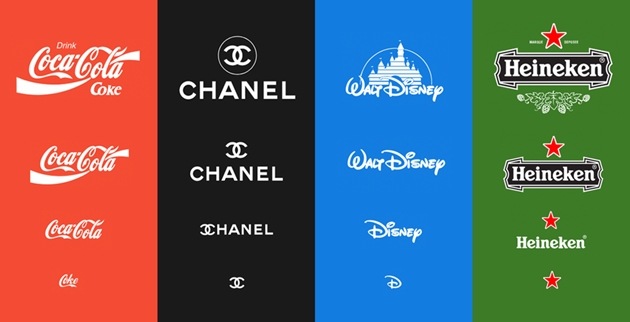
Responsive logo design inspiration by designer Joe Harrison
3. Movement
Animated clip art has come a long way, evolving to fit in fabulously with the modern Web in the form of the GIF and leading to movement in graphic design.
2017 was, believe it or not, the 30th anniversary of the GIF. As adoption among marketers and consumers continues to grow, we see this trend continuing into 2018. And, let’s face it, there have been many world events and resulting emotions this past year to which words alone cannot do justice. GIFs add interest to ads, email newsletters, illustrations, icons, and logos (not to mention memes).
Animated GIF logos have really become a trend of their own, and it’s easy to see why: They’re extremely enticing.

Animated Uber wordmark logo by designer Nicholas Girard
4. Complexity
When Pantone announced its 2018 color of the year—Ultra Violet Purple—Lee Eisenman, executive director of the Pantone Color Institute, told Co.Design, “We’re in a complex time; this is a complex color.” We couldn’t agree more.
Over the last few years, flat design has reigned supreme, but gradients are making a big comeback in 2018, bringing back complexity and depth we haven’t seen in recent times. Last time gradients were around, they were seen mainly in the form of Material Design and subtle shading to suggest 3D (Apple’s iOS icons were a great example). Now, gradients are big, loud and full of color.
The most popular recent incarnation is a gradient filter over photos—a great way to make a less-interesting image look intriguing. A simple gradient background can also be the perfect on-trend solution if you don’t have any other images to work with.
We’re also seeing an increased use of the term “color transitions” when referring to gradients. Though the terms seem to be used interchangeably, “color transition” more often refers to the modern application, which is vibrant, smooth and “flatter”—fitting within flat-design aesthetics.
Another trend we uncovered adding depth and complexity are shadows, which are officially back for 2018. Like gradients, shadows were put on the back burner as we stripped realism and skeuomorphism from our designs in favor of extreme minimalism and two-dimensional design.
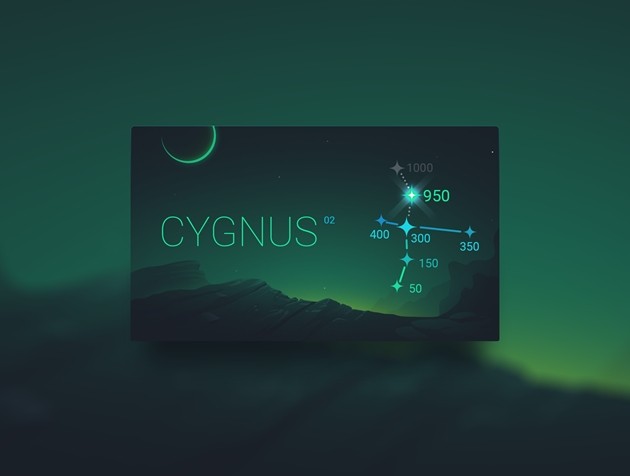
Complex card design for the Galaxii game app by designer boorykin
* * *
So, there you have it, the future of design in 2018 summarized in 800 words. If you’ve gleaned inspiration from these general design trends, see category-specific trends we’ve identified for 2018 in logo design, packaging design, and Web design.
Join over 600,000 marketing professionals, and gain access to thousands of marketing resources! Don’t worry … it’s FREE!
